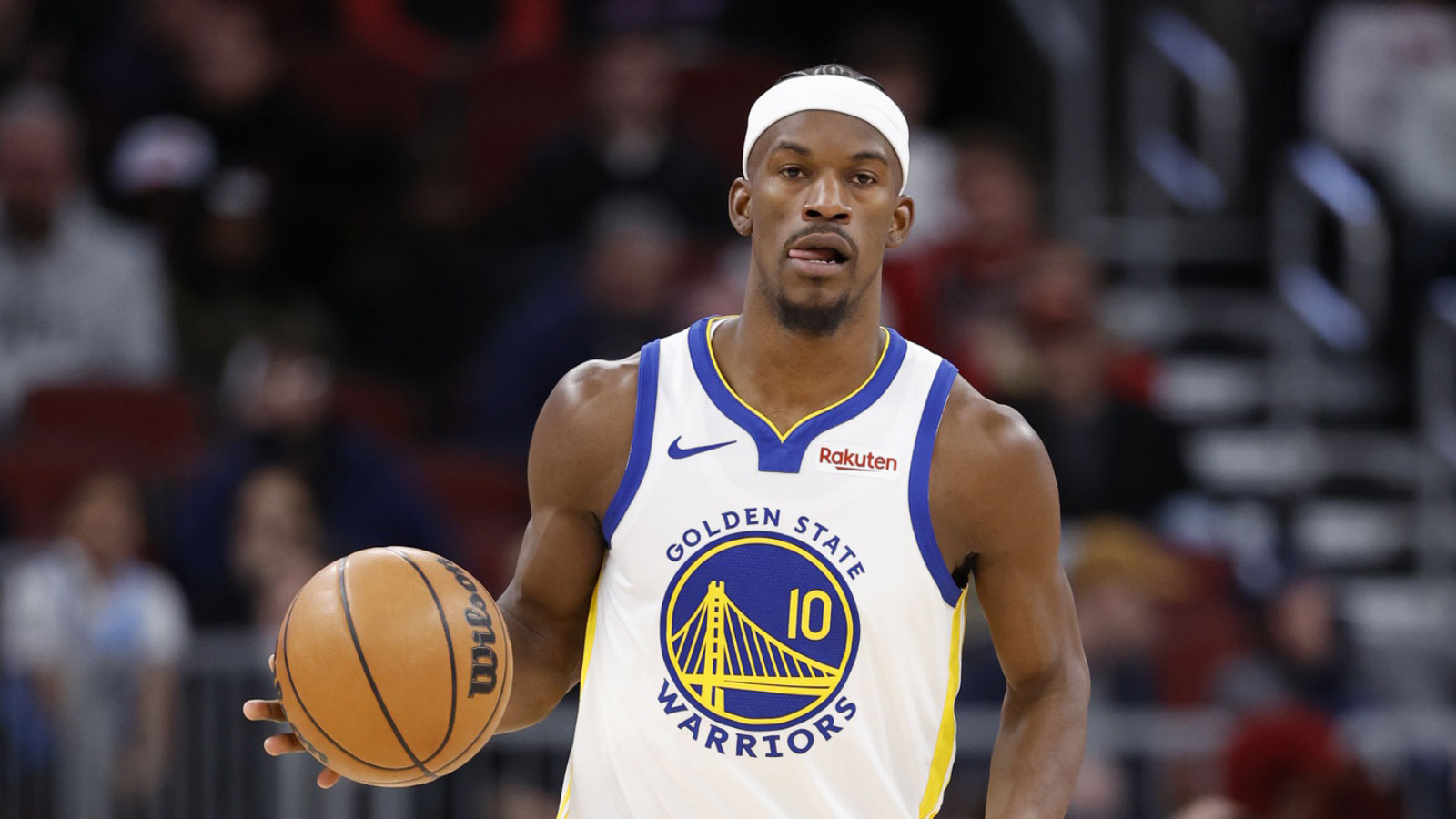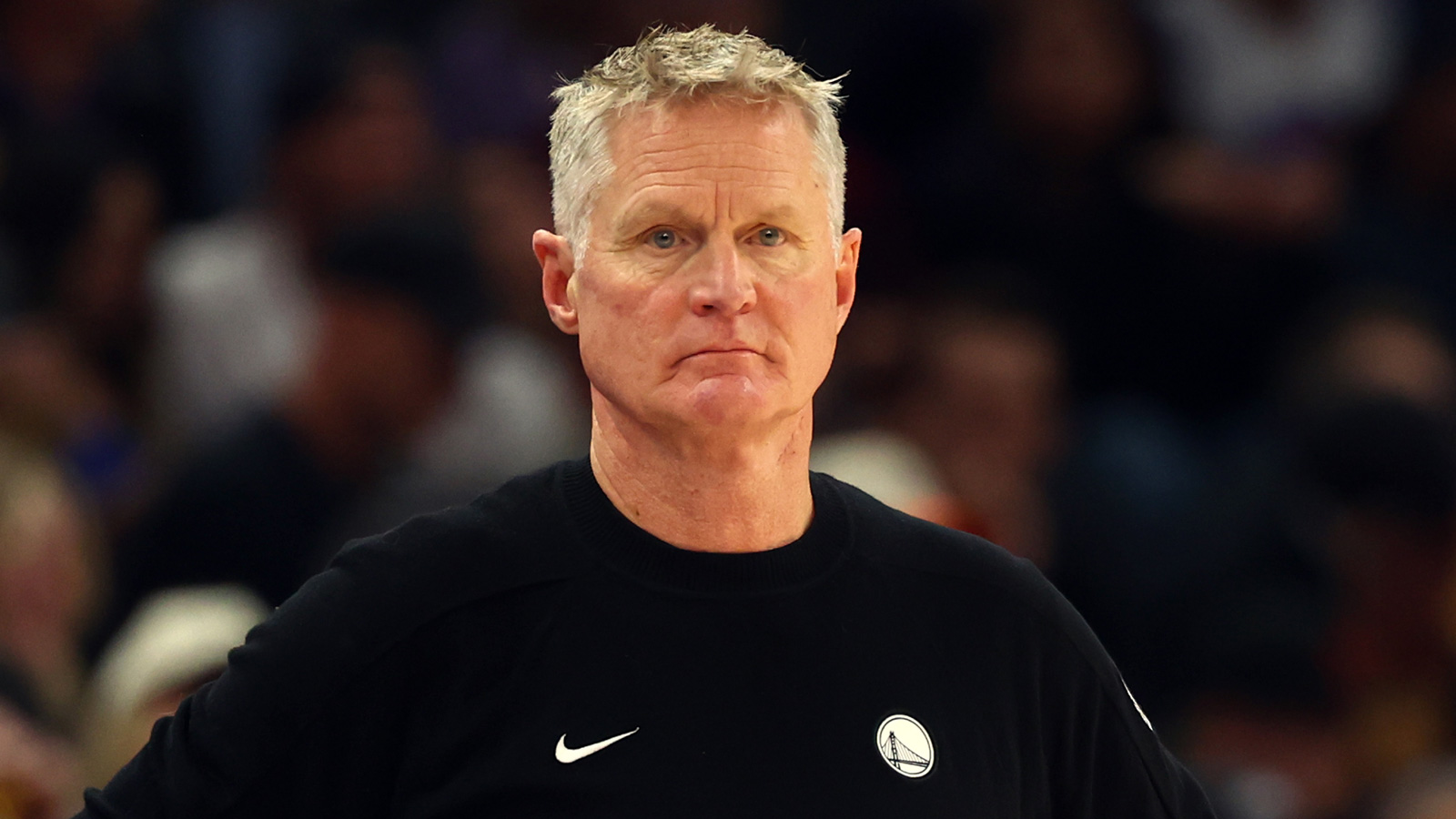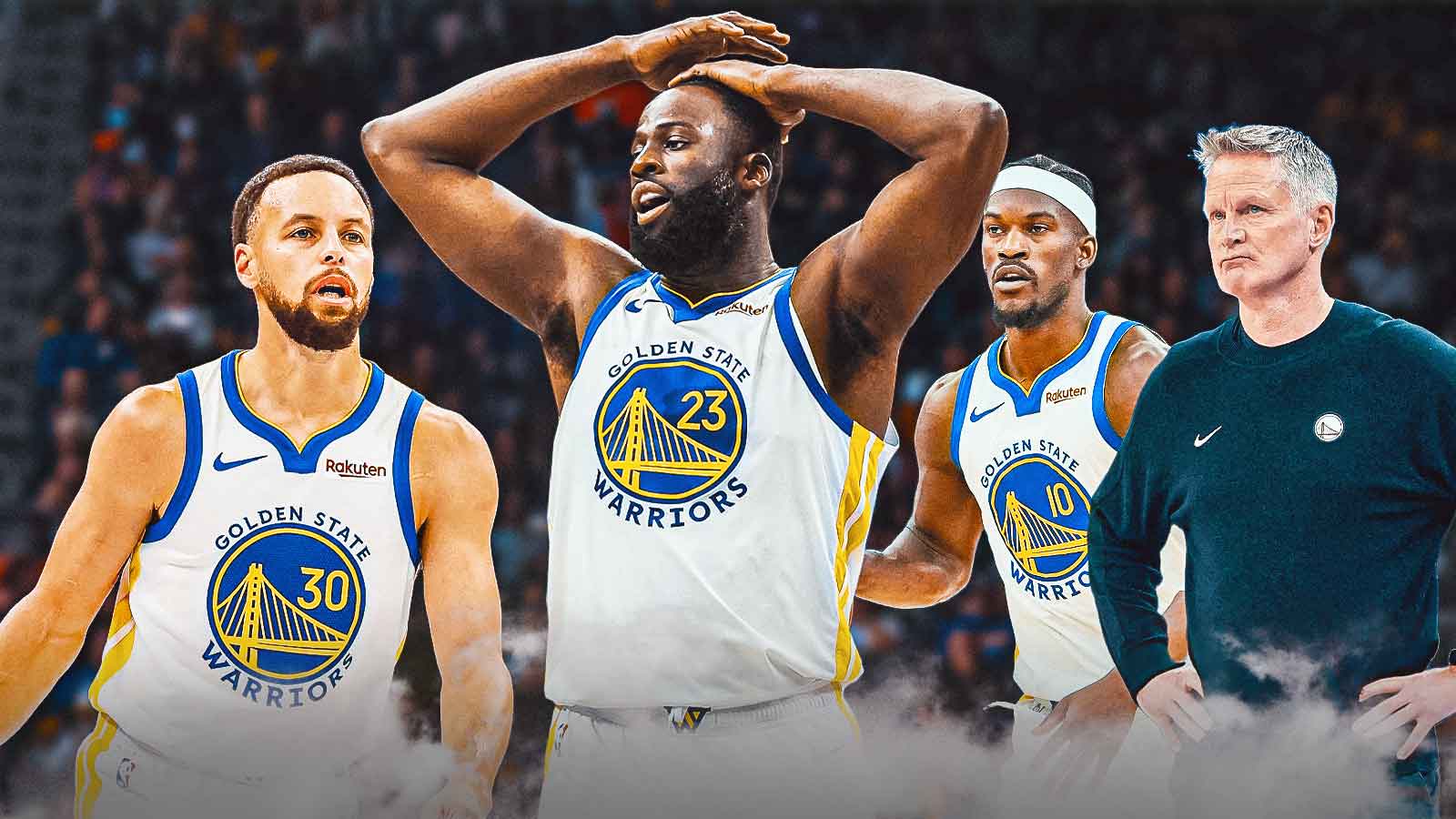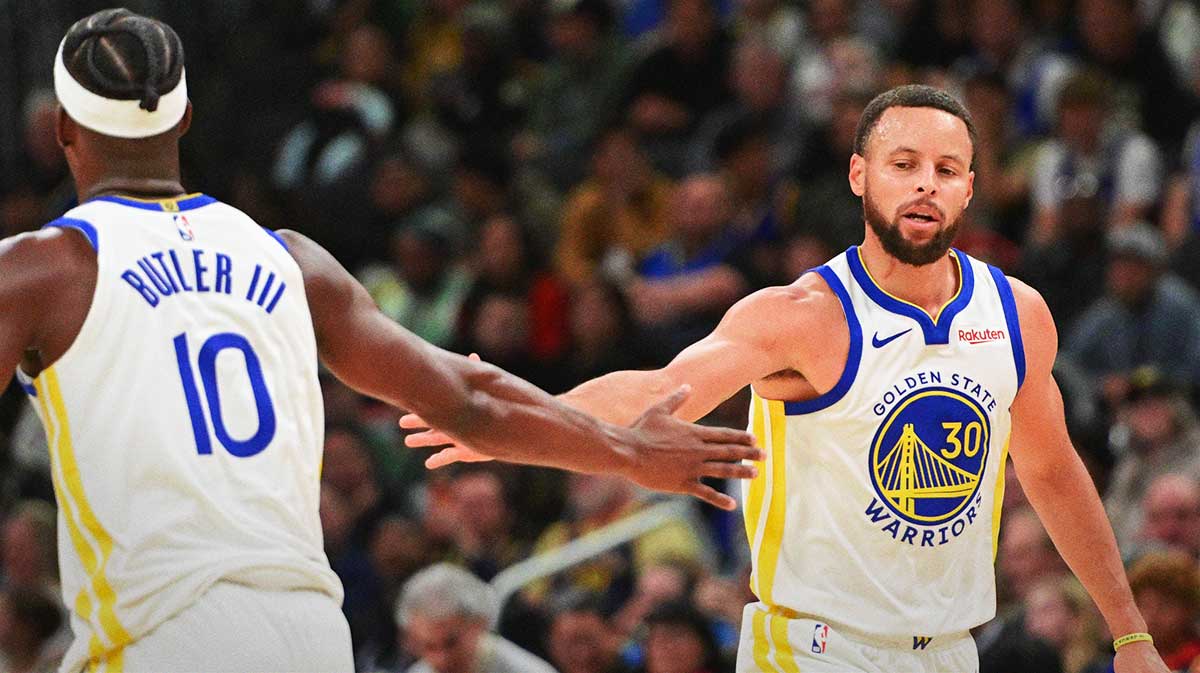Another day, another opportunity to discuss Jonathan Kuminga and the Golden State Warriors, the biggest headline that has yet to draw a conclusion this NBA offseason. At some point, Kuminga's future will be clear. However, this holding pattern doesn't appear to have an end in sight, especially with Kuminga's sign-and-trade market stalling out.
This offseason has not been kind to those who found themselves as restricted free agents entering the summer. None of the four RFAs (Kuminga, Josh Giddey, Quentin Grimes, and Cam Thomas) has yet to sign a new deal in what is a very dry market.
With teams unwilling to commit to long-term money given the stipulations of the first and second tax aprons, these young talents coming off their rookie contracts remain as free agents entering August. In Kuminga's case, his situation is being held up by what was destined to be a split with Golden State this offseason.
After failing to negotiate a long-term extension with Kuminga before the 2024-25 season, it was expected that the Warriors would explore the possibility of trading the young forward. The Dubs came close to doing so on multiple occasions, including a deal for Kevin Durant with the Phoenix Suns that fell through in the final stages of negotiation.
It was then expected that Kuminga would be included in a sign-and-trade this offseason. Although it's still possible that the 22-year-old could be moved via a sign-and-trade before the start of the 2025-26 season, both his and the Warriors' options are limited.
Few teams have expressed interest in Kuminga given his salary demands, and one of the organizations with interest doesn't have a clear path to acquiring him. That would be the Phoenix Suns, a franchise that worked endlessly this offseason to clear long-term money off their books and would need to move significant salary to bring in Kuminga.
The Suns do hold a level of interest in Kuminga, something that has been known since the trade deadline, when negotiations surrounding Durant were taking place between the two teams. But to add Kuminga via a sign-and-trade this offseason, the Suns would need to remain under the first apron by trading Grayson Allen or a package involving veteran Royce O'Neale.
While Phoenix did propose and discuss the framework of a deal involving Allen with the Warriors, this idea was quickly shot down by Golden State, given the veteran guard's contract. Allen still has three more years left on his current contract, as does O'Neale. Moving either player this late in the offseason, and many teams' reluctance to take on long-term deals, would make trading either player extremely difficult.
As far as Kuminga's demands, his side has remained adamant on wanting to secure a long-term contract in the $30 million annual average value range. To this point, the Warriors have expressed interest in retaining Kuminga, but the team has not made an offer that exceeds $20 million to $23 million per year.
Atlanta Hawks forward Jalen Johnson, who received a five-year, $150 million contract extension last season, has been the main contract comparison for Kuminga.
With the two sides remaining far apart in discussions and Kuminga truly wanting a fresh start on a team where he can continue to develop his unique skills in starter-like minutes, uncertainty continues to cloud this situation in the Bay Area. That is why three paths stand out as the only real solutions at hand, starting with a sign-and-trade scenario involving the Chicago Bulls.
NOTE: Due to the NBA's base year compensation rule, a potential sign-and-trade involving Jonathan Kuminga's new contract would only count for 50% in outgoing salary for matching purposes from the Warriors' point of view. Example: If Kuminga's Year 1 salary is $30 million, the Warriors could match $15 million of new salaries in a sign-and-trade.
Path #1: Jonathan Kuminga joins Bulls
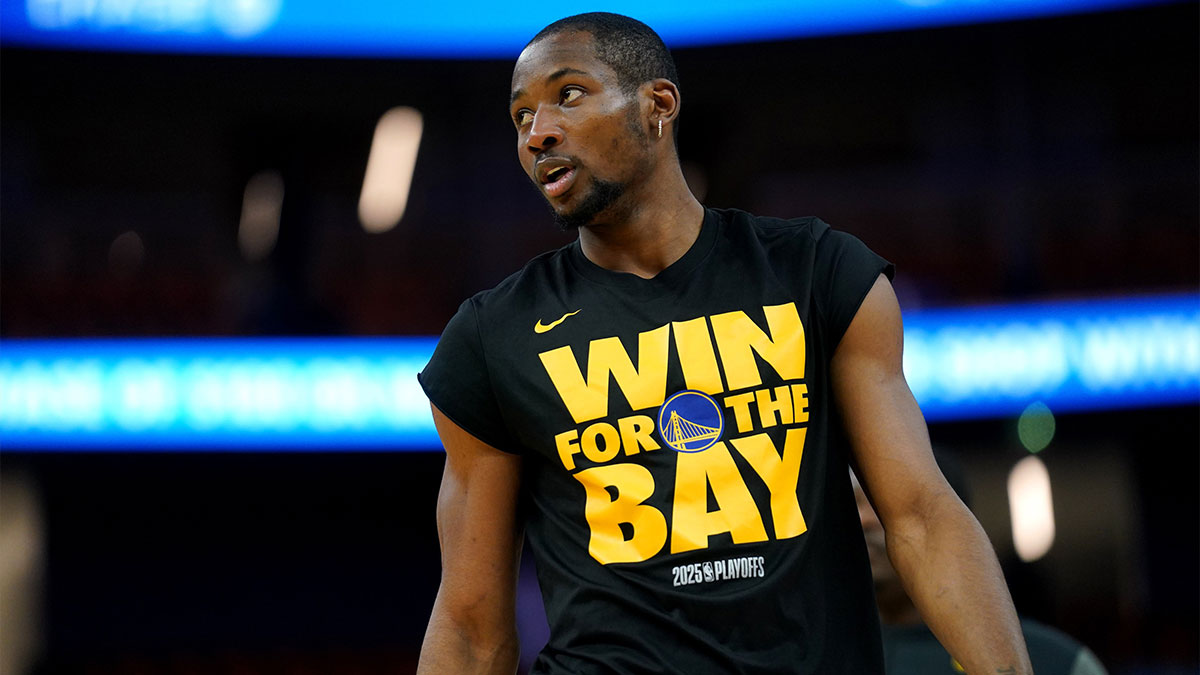
Out of the limited possibilities that remain for Kuminga and the Warriors this offseason, the easiest path to mutually splitting ways would be by way of a sign-and-trade with the Bulls. Then again, Chicago has their own restricted free agency problem to figure out with Giddey.
For all intents and purposes, let's say that Giddey and the Bulls find common ground on a new contract in the coming weeks that pays him around $25 million per season for the next three or four years. That would fill the Bulls' 15th roster spot and put them about $18 million from their first apron hard cap.
If they were interested in Kuminga, there would still be a path to acquiring the Warriors' forward and remaining below the tax line for the 2025-26 season. Here is what this sign-and-trade with Chicago would look like:
- Chicago Bulls receive: F Jonathan Kuminga (4-year, $115 million contract with about $24 million Year 1 base compensation) & C Trayce Jackson-Davis
- Golden State Warriors receive: G Ayo Dosunmu, F/C Jalen Smith, CHI 2029 1st-round pick (Lottery-protected, becomes two 2nd-round picks in '29, '30 if not conveyed), CHI 2028 2nnd-round pick
There are a few things to discuss regarding the Bulls and a potential sign-and-trade involving Kuminga. For starters, the Warriors would likely be thrilled if Coby White were to be included in a potential offer. However, word from NBA Summer League surrounding Chicago is that they value White and want to keep him next to Giddey in the backcourt for years to come.
From the Bulls' perspective, they would love to trade veteran center Nikola Vucevic, whom the organization has been looking to trade since the start of last season. While the Warriors have shown interest in Vucevic previously, that is not the case anymore. Golden State has not been pursuing a trade for Vucevic, and they would not want to find a way for him to be included in a potential deal involving Kuminga.
The other interesting wrinkle pertaining to the Bulls and Kuminga is whether they would truly want him. After all, the team did just trade for Isaac Okoro and draft Noa Essengue this offseason. Not to mention, Kuminga would join Chicago on a long-term contract that would presumably make him their highest-paid player.
Is this a risk the Bulls want to take, seeing as they are in no shape to contend in the Eastern Conference for years to come? Perhaps this could be a path forward for them, but it is also a major risk if things don't go the way they imagined in the first two years with Kuminga, as the Bulls would be married to his contract through the 2027-28 season at the very least.
Kuminga and the Warriors alike have held out hope this offseason that the Bulls would be a suitor in a potential sign-and-trade scenario. In any scenario involving Chicago, Dosunmu would be the headline player going to Golden State.
Between his two-way abilities and secondary playmaking skills, Dosunmu would fit in as a key guard in Steve Kerr's rotations that the Warriors haven't had since trading away Jordan Poole.
Should the Bulls want Kuminga, they have the easiest path to obtain him compared to other teams around the league, including the Warriors.
Path #2: Kings move pieces to bring in Jonathan Kuminga

The Sacramento Kings have been at the forefront of Kuminga free agency and sign-and-trade discussions since the start of the offseason. With Scott Perry now running the Kings' front office, this organization has already started moving in a new direction.
In the aftermath of trading De'Aaron Fox in the middle of the 2024-25 season, Perry brought in Dennis Schroder by way of a sign-and-trade with the Detroit Pistons. The Kings also traded up into the first round of the 2025 NBA Draft to select Nique Clifford, and they took Maxime Raynaud as a stretch big man in the second round.
Raynaud will replace Jonas Valanciunas, who was traded to the Denver Nuggets, but drafting Clifford was an interesting move for Sacramento, especially considering that Devin Carter was a lottery pick in 2024.
This logjam of guards has led to multiple trade rumors for the Kings, including the possibility of Malik Monk being included in the sign-and-trade for Schroder. While those discussions were going on with the Pistons at the start of free agency and after trading Valanciunas to Denver, the Kings were also aggressively pursuing Kuminga.
Perry and Sacramento's front office believe there was a path to adding Kuminga and Schroder simultaneously, with Monk being the key player who would be moved. The only problem is that Golden State and Detroit didn't desire Monk and his contract. That is when the Kings made a separate offer to the Dubs, which included Carter, newly acquired big man Dario Saric, and second-round picks.
The Warriors quickly turned down this offer, and they also declined a slightly upgraded offer from the Kings that involved a protected first-round pick instead of second-round compensation.
Now that the Kings are hard-capped at the first apron, their path to landing Kuminga has become a lot more challenging. However, Kuminga did meet with the Kings' brass recently, which is why the door is still slightly cracked open.
Here is what a really messy and complicated sign-and-trade for Kuminga could look like, as multiple teams would need to be involved:
- Sacramento Kings receive: F Jonathan Kuminga (4-year, $112 million contract with about $25 million Year 1 base compensation)
- Golden State Warriors receive: G Devin Carter, F Haywood Highsmith, SAC 2027 1st-round pick (Top-8 protected)
- Miami Heat receive: G Malik Monk, F KJ Martin
- Utah Jazz receive: G Terry Rozier, MIA 2029 1st-round pick swap (More favorable to UTA), CHA 2027 2nd-round pick (via MIA)
To have any chance of landing Kuminga now that they are hard-capped at the first apron, the Kings will need to move off either Monk or DeMar DeRozan. Sacramento is about $7 million from the first apron right now with 15 players under contract, and their previous offer of Saric and Carter would only be $10.5 million in outgoing salary.
Overall, $17.5 million would not be enough to take on a new, long-term contract with Kuminga, which is why either Monk or DeRozan would need to be moved. It makes a lot more sense to move DeRozan in this scenario since Kuminga would essentially be taking over his role, but there isn't a market for the 35-year-old right now.
This is especially true since he still has another year and $25.7 million left on his contract, which is only partially guaranteed for $10 million as of right now.
Finding a team that wants either DeRozan or Monk this late in the offseason would be tough, but the Heat have wanted to move off Terry Rozier's contract for quite some time. If there is a chance to do so in this scenario with the Jazz, this is likely a deal the Heat would take to build on their depth around Tyler Herro and Bam Adebayo.
Still, the big question is whether this is enough for the Warriors to accept a deal with the Kings.
Carter isn't viewed as first-round value right now given his injury concerns, and while Haywood Highsmith is a decent player that Golden State has expressed interest in him previously, their return is still much lower than what was expected.
The Warriors have made it known to the Kings that they would be willing to talk about a potential sign-and-trade if Keon Ellis or Keegan Murray were involved, so it will be interesting to see if Sacramento budges when it comes to Ellis. If you are a Kings fan, you have nothing to worry about with Murray, as he won't be going anywhere.
Maybe the Kings can get a deal done for Kuminga in a package that includes Ellis, but that still doesn't change the fact that Monk or DeRozan would need to be moved as well for cap reasons. At this very moment, on the edge of entering August, nothing has changed regarding the Kings and Warriors in sign-and-trade discussions.
There haven't been ongoing negotiations in the sense that both teams have been in constant contact and discussing plausible scenarios. This matter falls more on what Kuminga would actually want and if the Dubs would be willing to give in to his demands for a potential Kings trade.
Path #3: A return to Warriors
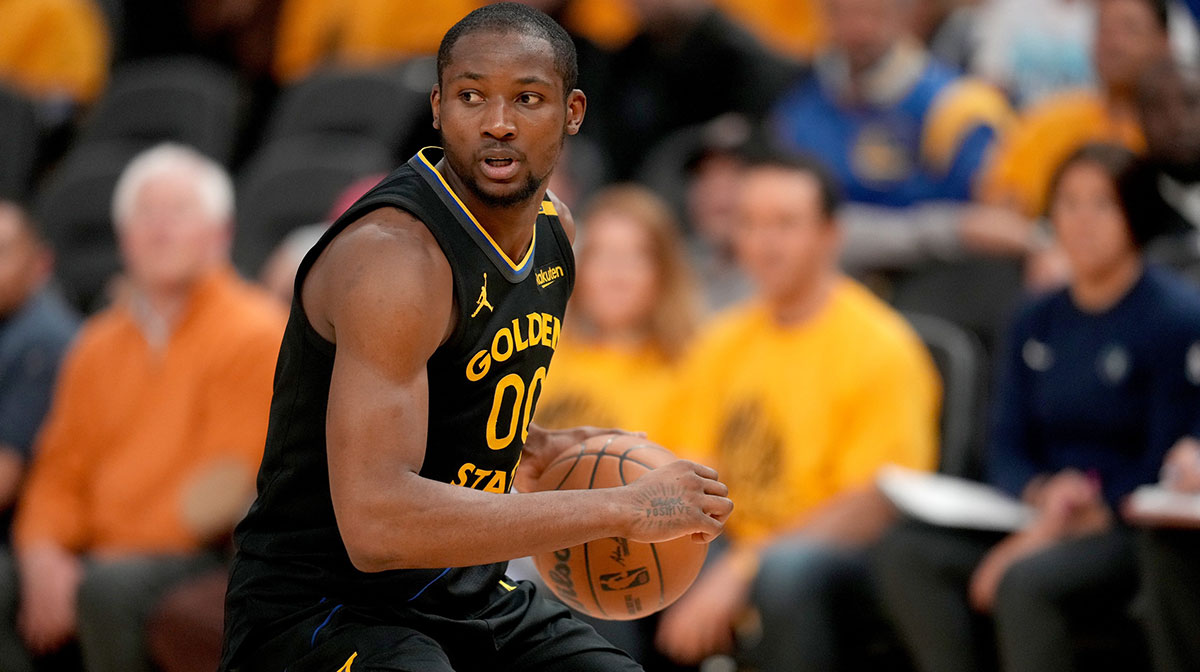
At the end of the day, a return to the Warriors still seems like the most likely outcome for Kuminga this offseason.
Even though he wishes for an elevated role elsewhere and has been at odds with head coach Steve Kerr in the past, a return makes the most sense for both parties. Of course, that is assuming the Dubs will actually play him as a key weapon/contributor and Kuminga agrees to continue working on his development in a positive light.
The Warriors still have Kuminga in their plans for the 2025-26 season despite all the constant talk of moving him this offseason, and his athleticism at the forward positions is valued. When Stephen Curry went down with his hamstring injury in the playoffs, Kuminga's dynamic play was essential. That is why the Dubs don't want to lose him without replacing his value.
While reuniting with the Warriors is the most likely of the three paths presenting themselves to Kuminga this offseason, there are three different scenarios for how a return could play out:
- Kuminga signs a 3-year, $75 million to $80 million deal with a player option and trade kicker that pays him about $26 million in AAV.
- Kuminga signs a 2-year, $45 million short-term deal that pays him about $22.5 million in AAV.
- Kuminga accepts his $7.9 million qualifying offer.
These are likely the three options for Kuminga if he is to return to Golden State this offseason. A long-term contract for four or five years doesn't appear to be an option right now unless Kuminga is to be on the move in a sign-and-trade.
In the first scenario, Kuminga would return on a decent deal that sees him earn a nice paycheck, as well as open up the option to be included in a bigger trade down the line. The Warriors have not been shy through the years about expressing their interest in Giannis Antetokounmpo, and keeping Kuminga on a larger contract keeps them in a position to pursue the Milwaukee Bucks star should his situation go south.
This is also a three-year contract that could easily be moved before the trade deadline and allow the Warriors to add key talent in their pursuit of a championship during the 2025-26 season.
That leads straight into the second contract option presented — the two-year, $45 million short-term offer. If this were to be a contract Kuminga agrees to, it would be with the understanding that he would 100 percent be traded before February, when there are more options on the table.
The only problem from Kuminga's point of view is that he wouldn't have a lot of say in where he ends up, and he would need to settle for the idea of accepting less money to guarantee a trade. This scenario also allows Kuminga to become a free agent again in 2027, when multiple teams will have cap space to operate with.
There is then the qualifying offer, which continues to loom large as an option for Kuminga and his camp to create leverage.
Most NBA players who accept their qualifying offer don't end up winning in the grand scheme of things, as the risk of injury and role change is significant. If Kuminga were to accept his qualifying offer, he would essentially take all trade options off the table for the 2025-26 season from the Warriors' point of view, which would lead to the team essentially benching him.
After all, why would the Dubs want to give Kuminga a greater role and play him to increase his value for 2026 free agency?
It seems like this is more of a threat to accept the qualifying offer to try to create leverage this offseason than Kuminga's camp actually accepting it. Then again, you never know in this league, and crazier things have happened before.
While the idea of a sign-and-trade still exists with some limited paths available, the assumption entering August is that Kuminga and the Warriors will come to a positive understanding on a new deal, move forward with smiles on their faces, and eventually part ways before the 2026 NBA trade deadline in February.








